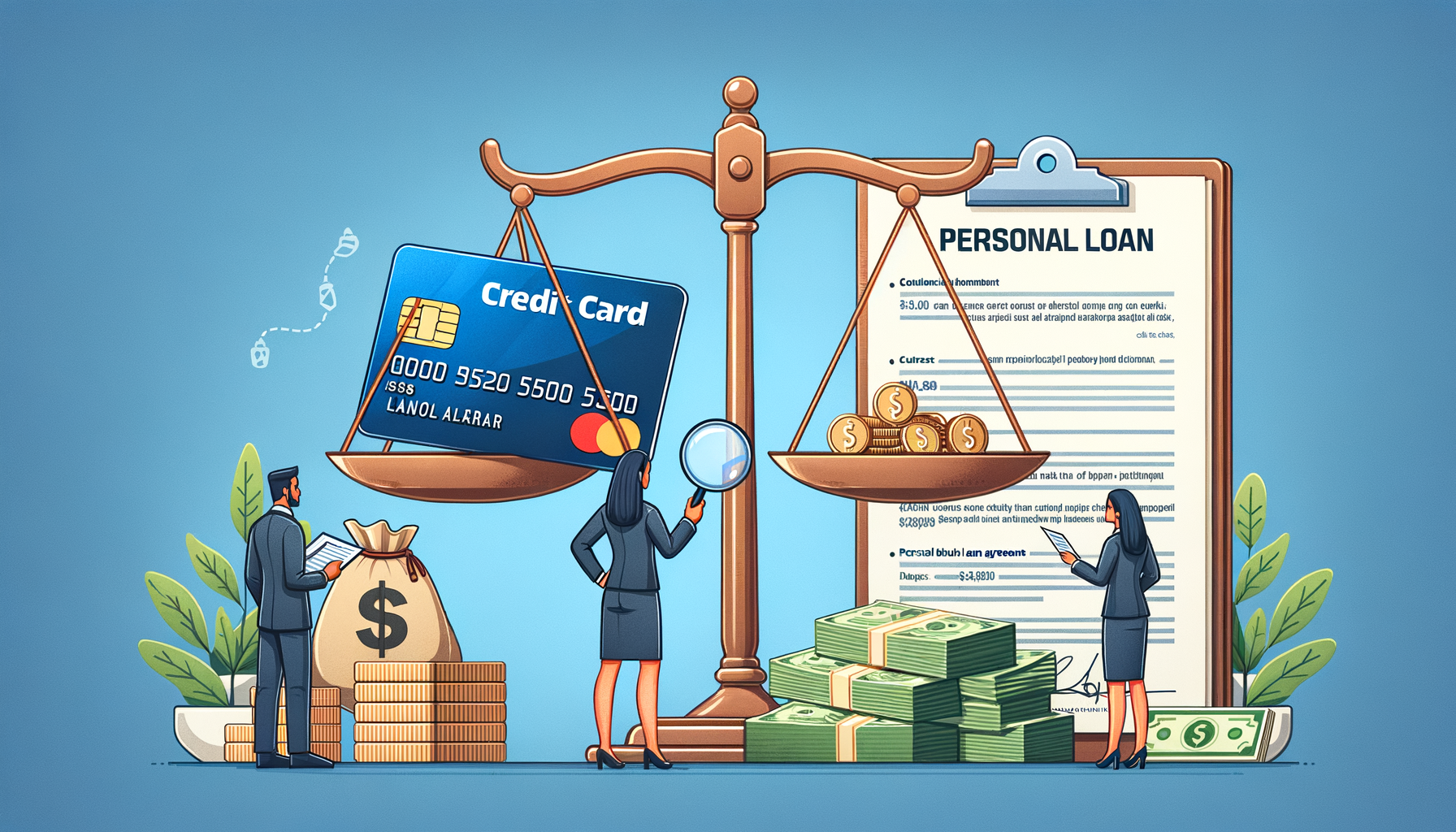When faced with the need for additional funds, individuals often find themselves weighing the options between credit cards and personal loans. Both financial products offer distinct advantages and may cater to different financial needs and situations. Understanding the features, benefits, and potential drawbacks of each can help consumers make an informed decision. This article delves into the world of credit cards and personal loans, providing a thorough comparison to guide individuals in their financial planning.
Understanding Credit Cards
Credit cards are a form of revolving credit that provide users with a convenient and flexible way to borrow funds up to a specified credit limit. They are primarily used for short-term financing and everyday purchases, offering the benefit of cashless transactions and potential rewards such as cashback, points, or miles. When using a credit card, the cardholder is required to make at least a minimum payment each month, but can carry a balance from month to month, accruing interest as a result.
The cost of borrowing with credit cards is often reflected in their Annual Percentage Rate (APR), which can vary widely based on the cardholder’s creditworthiness and the card issuer. Additionally, credit cards may come with various fees, including annual fees, late payment fees, and foreign transaction fees. Understanding the terms and conditions, such as grace periods and interest rates, is crucial for managing credit card debt effectively and avoiding spiraling costs.
Moreover, credit cards can significantly impact one’s credit score, both positively and negatively. Timely payments and maintaining a low credit utilization ratio (the amount of credit used relative to the credit limit) can enhance a credit score. Conversely, missed payments, high balances, and applying for multiple credit cards within a short period can harm one’s credit history, making future borrowing more difficult and expensive.
Exploring Personal Loans
Personal loans are a type of installment loan, where the borrower receives a lump sum of money upfront and agrees to pay it back, with interest, over a predefined period. Unlike credit cards, personal loans have a fixed repayment schedule with equal monthly installments until the debt is fully repaid. This structure can make budgeting easier, as the borrower knows exactly how much is due each month.
Interest rates on personal loans are generally lower than those on credit cards, especially for borrowers with good credit. The APR on a personal loan is typically fixed, meaning it will not change over the life of the loan. This predictability can be advantageous for individuals looking for stable and straightforward repayment terms. Additionally, personal loans do not usually require collateral, which is beneficial for those who do not wish to put their assets at risk.
Personal loans can be utilized for a wide range of purposes, from consolidating high-interest credit card debt to financing large expenses such as home renovations or medical bills. Since the funds are disbursed in a single payment, personal loans are not the ideal solution for those needing ongoing access to credit. Borrowers should also be aware of potential origination fees or prepayment penalties that may be associated with personal loans.
In conclusion, the choice between credit cards and personal loans depends largely on the individual’s financial situation and intended use of funds. Credit cards offer flexibility and rewards but come with higher interest rates and the potential for accruing debt if not managed properly. Personal loans provide lower fixed interest rates and predictable repayment schedules, making them suitable for larger, one-time expenses. By carefully considering the pros and cons of each option, consumers can make an informed decision that aligns with their financial goals and needs.
